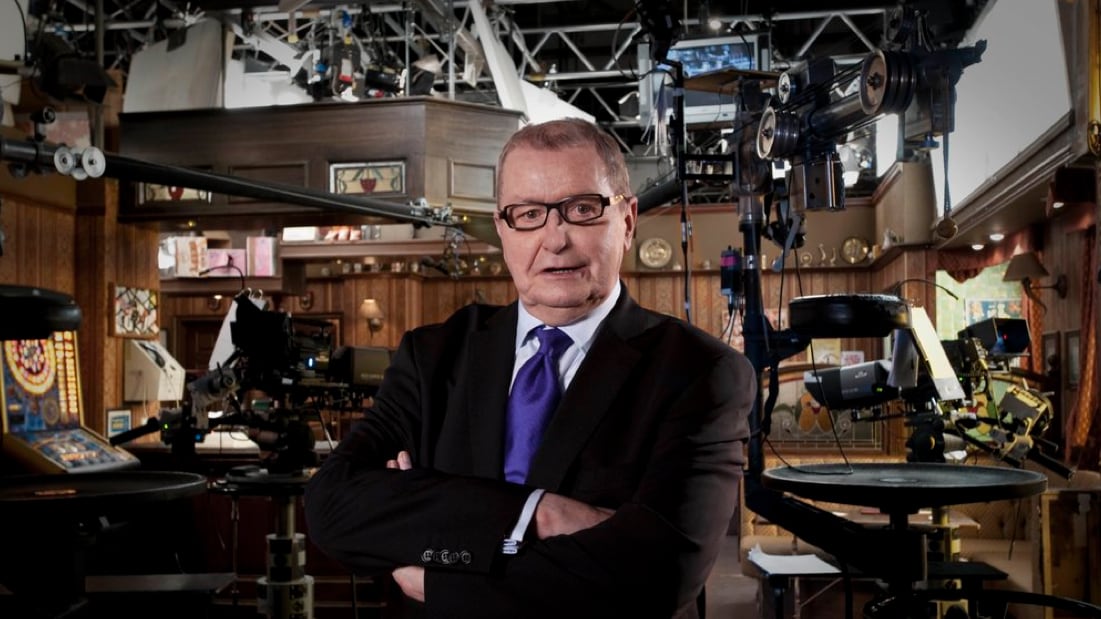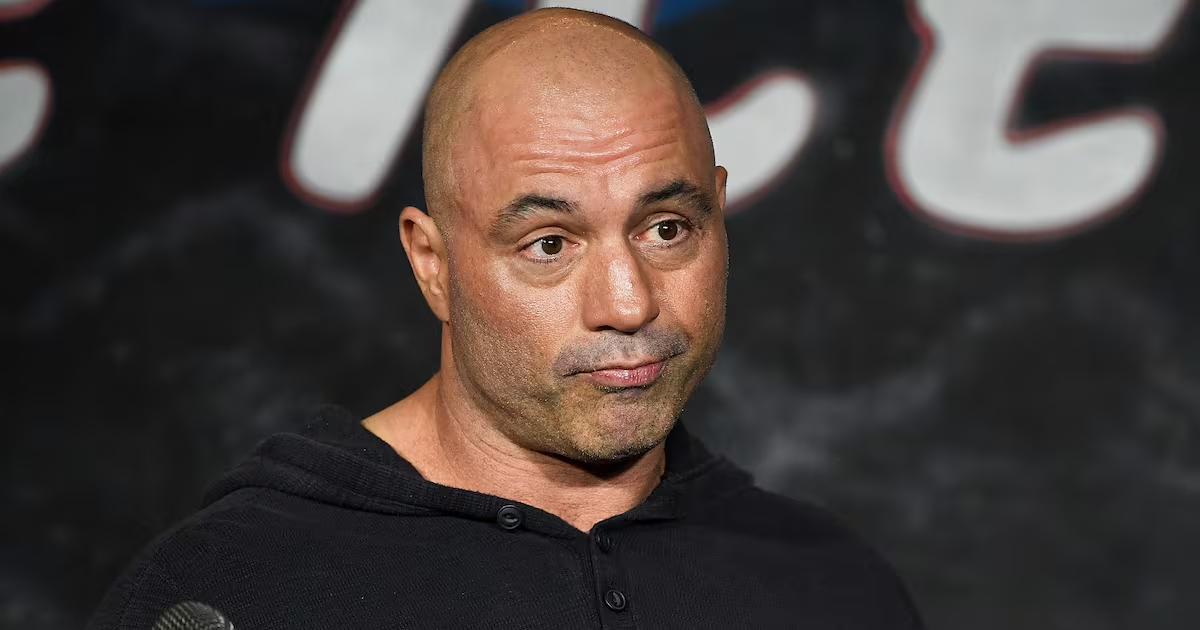Tony Warren changed British popular culture. It’s that simple.
If the queen of soap opera in the United States was Irna Phillips, creator of shows including Guiding Light, As the World Turns, and Another World, its king in the United Kingdom was Warren, creator in 1960 of Coronation Street—the world’s longest-running TV soap opera.
Warren died Monday at 79, and the tributes have been rightfully many and rightfully fulsome. In his creation of Corrie, as the show is known, Warren not only helped create some of the most vivid characters on British television, but also shaped a nation’s viewing habits, and how it saw itself, or would like to see itself.
For American readers who have never seen it, Coronation Street—which is still going strong five episodes a week on ITV One—is a cobbled street in Salford, an area of Manchester in northern England.
It is working class, a million miles away in look and feel from Days of Our Lives and The Young and the Restless.
Today’s Street is far different from the inky black and white, smoggy, industrial original, first seen on ITV on Dec. 9, 1960. It is brighter, bigger, a life-size street made for TV in 2016. But the voice and tang of the characters remains just as Warren intended when he created the likes of Elsie Tanner, Annie Walker, and Ken Barlow.
The latter is a soap wonder all his own: Much-married, much-drama’d, Ken, as played by William Roache, appeared in the first episode and is still there, 56 years later.
He and his wife, Deirdre, married the same week as Prince Charles and Princess Diana, and arguably had just as turbulent a marriage, with affairs on both sides. (Deirdre’s, with Ken’s nemesis, knicker factory owner Mike Baldwin in 1983, made front-page headlines.)
The street has cobbles that are almost as famous and defining as the street itself. Indeed, if you say “drama on the cobbles,” people know you are referring to Corrie. They look most delicious at nighttime and when it rains, when they reflect the light from the orange street lamps. It was at night and on such sodden cobbles when Ken held Mike in his arms as the latter died.
The show changed tone and direction dramatically when the BBC began showing EastEnders in 1985, another soap set in a working-class community. But EastEnders was in London rather than the North, and it was packed full of social issues—racism, homosexuality—that Corrie had, until then, remained blissfully, ahistorically wary of.
Warren himself was gay and rounded on homophobic colleagues when they made their prejudice clear.
EastEnders, as its chief cast member, Adam Woodyatt, noted, couldn’t have happened without Coronation Street. But the shot in the arm that EastEnders—as well as a revitalized third primetime soap, Emmerdale—produced gave Coronation Street new life. It suddenly had to shake off the yoke of the past, of its sepia-tinted nostalgia, and embrace modern Britain.
This it did, but even now, Corrie has a softness and sweetness amid the chaos assailing its residents’ lives that EastEnders does not have and will never have. Tonally, both soap operas cleave to very different registers: Doing so benefits them both, and Coronation Street’s tone is still very much modulated to Warren’s 1960 template.
However, it has feasted on some insanely fun dramatics in the last 30 years, with EastEnders nipping at its heels.
For Corrie’s 50th anniversary in 2010, one bar exploded and a train came crashing down onto the street. It was an orgy of destruction, but it ultimately allowed the show to prove its central mission: that a cohesive community can withstand anything.
The Street is both a physical crucible for drama—as the neighbors interact with, have sex with, fight with, and occasionally murder one another there, rarely leaving it for their jobs—and a moral crucible, with the local pub, the Rovers Return, as its courtroom, where the most dramatic accusations, declarations, and come-uppances are delivered.
As the wonderful 2010 BBC drama The Road to Manchester illustrated, Warren had based these indomitable, gossipy, nosy powerhouses on the women who surrounded him in his own youth, growing up in the north of England.
The drama also made clear how persistent and determined Warren was in getting Coronation Street produced, jumping onto filing cabinets in front of shocked TV executives and carefully shepherding how the show was originally cast.
Warren populated what was first called Florizel Street—until a cleaner at Granada, the ITV station that makes Coronation Street, said the name sounded like a brand of disinfectant—with a gallery of homely, believable characters.
For many years, while there was drama on the Street, it was never played out at the fever pitch as it is today. Comedy is a central staple of the show—not sitcom, not with a studio audience, but embedded into the fabric of the drama.
There are characters like intrusive, acid-tongued shopkeeper Norris Cole (and before him Derek and Mavis, and Hilda Ogden) who pass salty judgment on the many misdeeds of the Street’s residents. The endlessly striving Sally is taking her status anxiety to new heights with a bid to become a politician—a clever move by the Corrie scriptwriters that allows them to tell a bigger parable about politics.
The wildness of Coronation Street—the explosions, the murders—is always set alongside the ingredient its fans love: the everyday, the banal, the just popping to the shop to pick up milk, the just going to the pub for a drink, the natter over a coffee, the restorative powers of a cup of tea and bacon sandwich at Roy’s.
Men like Ken Barlow do have a function on the Street, but its most memorable characters are indomitable women, famous for the big hair and talent for survival as life throws the worst at them, i.e. men, who may be secret killers, secretly cheating on them, secretly cheating them out of something, and many other forms of chicanery.
It’s not that men don’t matter, it is just—as in Warren’s original 1960 conception—these men are secondary. We watch Coronation Street for its women.
In the hair-netted Ena Sharples, Warren customized the Coronation Street battle-ax, an older woman, full of judgment and furious when slighted. In a later iteration came Blanche Hunt, Deirdre’s mother, who was always ready to cut any member of her own family and the Street down to quivering size.
Blanche was probably never better than when sitting through an Alcoholics Anonymous meeting, as part of a family unit supporting grandson Peter.
The show’s “long-suffering diva” template was set by Elsie Tanner, hair a livid bouffant of red-purple, with a feckless son and men who always disappointed her. In real life, Pat Phoenix, who played Elsie, had a similarly turbulent life and was also close to Warren.
Then there was Bet Lynch, the blond-beehived, leopard print-wearing chatelaine of the Rovers Return pub—again, much abused in matters of the heart, but with lippy perfectly applied, and words of wisdom ready to impart come opening time.
Rita, who runs the newsagent, The Kabin, began her Street life as a belly dancer in 1964 but is best remembered as being tormented, and then finally escaping (with amnesia) the clutches of the evil Alan Bradley, later knocked down by a tram in Blackpool. When the tram crashed onto the street, Rita was buried by all the sweeties raining down from their jars.
Deirdre Barlow, married to Ken, was such a dramatic force of nature that when she was tricked by a lover and wrongly jailed for his crimes, a national campaign to release her was raised in Parliament. Her gravelly voice and “sexy specs”—and having the awful Tracy as a daughter—made her much loved by viewers.
Her final scene, throwing a trifle against a wall, summed up all her domestic frustration perfectly.
Today, Carla Connor—whose catalog of traumas and rotten exes would have left any other human begging for a white room and straitjacket—finds herself at the mercy of her nemesis, Tracy, the show’s chief villain, murderess, and all-round agitant…and Deirdre’s daughter. If anyone could make Deirdre’s neck muscles tense, it was Tracy.
The love and care, the brutal precision, that Warren brought to drawing his original Street of characters remains today. You sense that the writers (like Jonathan Harvey and Damon Rochefort) and producers, while working on so many episodes and with such a broad canvas of voices and faster plots, still hold true to Warren’s carefully wrought legacy.
Fans hear it in the jokes, the little, snippy lines of backchat, the asides that are as much a part of Corrie as the big plots. The magic of Corrie is in its marriage of the everyday and extreme: all of this going on one little street; all those people; all those dramas; all those voices.
It is those voices that provide the echo back to 1960. Tony Warren wanted to write about a working-class street, but he ended up creating an ongoing story of Britain that now, movingly and fittingly, outlives him.





